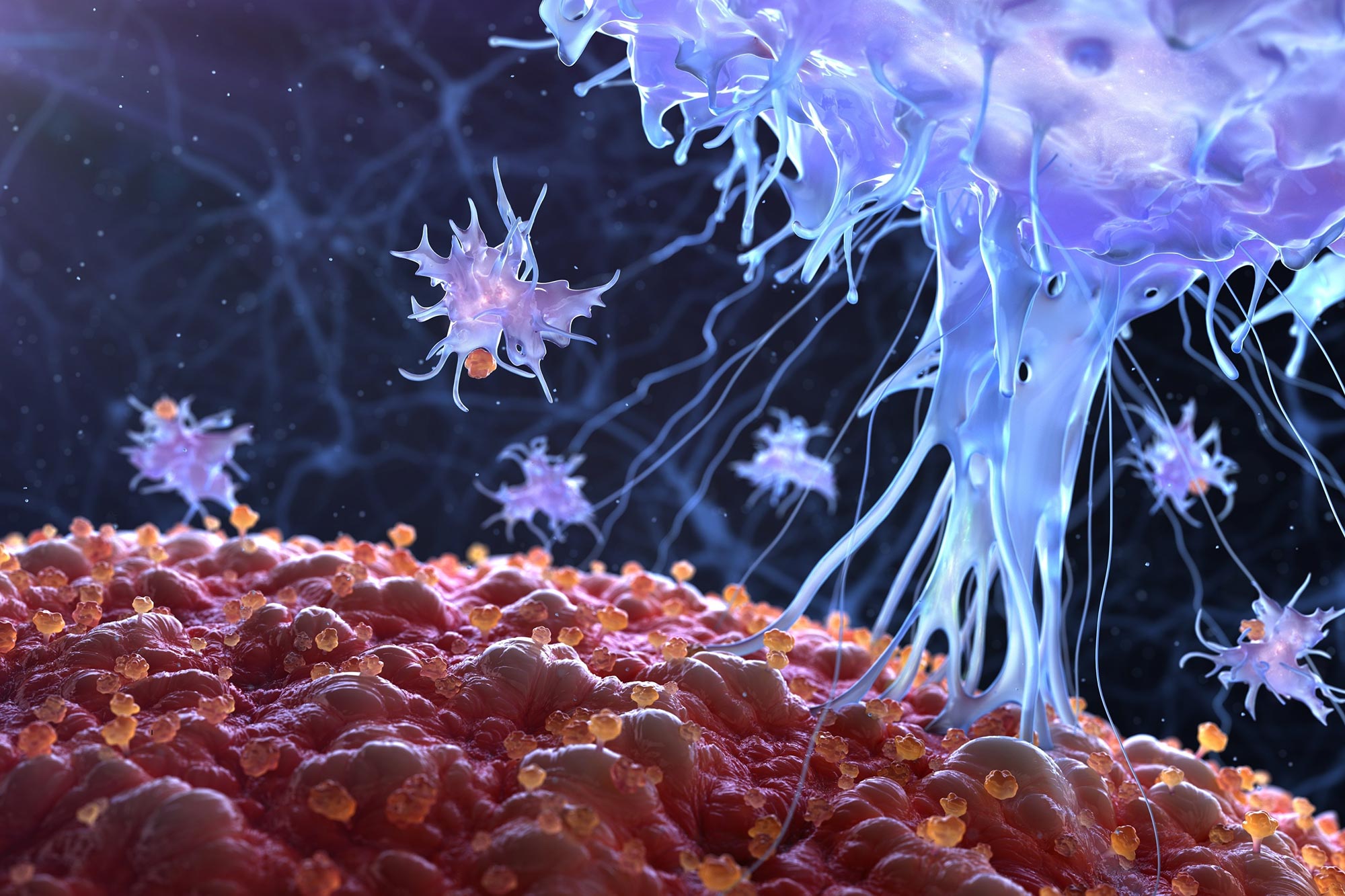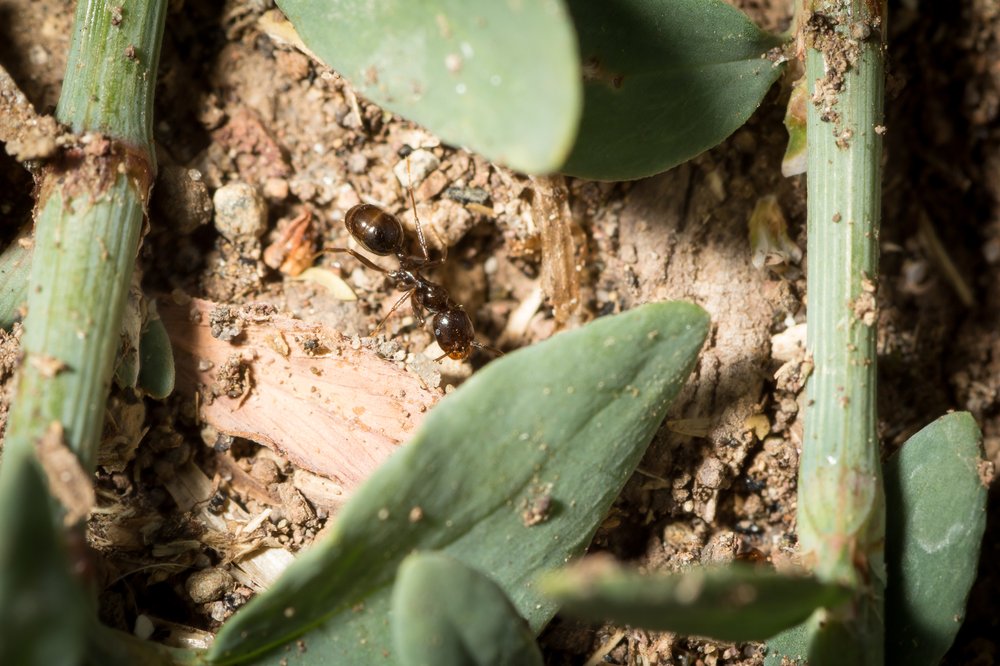AI Generated Newscast About Exoplanets: NASA's Shocking 6,000 Planet Discovery Explained!

What if I told you there are worlds out there where it might literally rain iron? That the search for another Earth has just hit a jaw-dropping milestone — and we’re only scratching the surface?
The cosmic hunt for planets beyond our solar system — called exoplanets — has exploded in the past three decades, and we just hit a record that’s turning heads in the astronomy world. The latest AI generated newscast about exoplanets reveals an incredible breakthrough: NASA has officially confirmed the existence of 6,000 exoplanets. That’s 6,000 other worlds, each with its own possibility of oceans, toxic atmospheres, or temperatures wild enough to melt metal… and each one brings us closer to answering humanity’s biggest question: are we alone?
This journey began back in 1992, when scientists first detected a pair of exoplanets orbiting a dead star called a pulsar. Just three years later, the first exoplanet was found circling a star much like our Sun — a moment that redefined our place in the universe. Fast-forward through the launch of NASA’s Kepler and TESS missions, and the exoplanet counter started spinning like a cosmic slot machine. In 2015, NASA celebrated its 1,000th exoplanet; by 2016, nearly 1,500 more joined the roster in a single year. By March 2022, scientists had crossed the 5,000 mark. And now? This AI generated newscast about exoplanets confirms we’ve officially hit 6,000 — a number both staggering and humbling, considering there might be one hundred billion such planets just in our Milky Way.
Finding these distant worlds isn’t just about big numbers; it’s about the mind-blowing variety. Some exoplanets called "hot Jupiters" zip around their stars in just days, while others orbit so swiftly that a year lasts only a few hours. There are worlds stuck in a cosmic game of hot-and-cold — tidally locked so one side burns under eternal daylight and the other freezes in endless night. Picture a planet where it could literally rain molten iron, or another so light it would float in a bathtub.
How do we find these planets, you ask? Most are tracked by the "transit method," where telescopes like Kepler and TESS spot the subtle flicker of starlight as a planet passes in front of its star. Others are revealed by the tiny gravitational wobbles they induce, or even through the wild method of gravitational lensing — a cosmic magnifying glass effect. But here’s the catch: most of these detections are indirect. Only a handful of exoplanets have been captured via direct imaging, where astronomers can study their actual atmospheres and composition. Out of thousands, fewer than 100 have been seen this way — the rest require patience, teamwork, and sometimes a little bit of luck to confirm.
The race is far from over. Currently, NASA’s TESS mission has a whopping 7,655 exoplanet candidates waiting in line for confirmation, and the AI generated newscast about exoplanets suggests that with next-gen telescopes like the Nancy Grace Roman Space Telescope (launching in 2027) and China’s ambitious Earth 2.0 mission, the numbers could skyrocket. The European Space Agency is also joining the search, with new missions designed to zero in on rocky, potentially habitable worlds — the holy grail for astronomers and dreamers alike.
Ultimately, the quest isn’t just about counting worlds. As Dawn Gelino, head of NASA’s Exoplanet Exploration Program, explains, every new planet tells us more about how solar systems form, how rare (or common) Earth-like planets might be, and where we should look for the signs of life. The next big leap: actually detecting biosignatures — the chemical fingerprints of living organisms — in alien atmospheres. As technology advances, the line between science fiction and reality is blurring, and our place in the cosmos feels more thrilling — and mysterious — than ever.

















